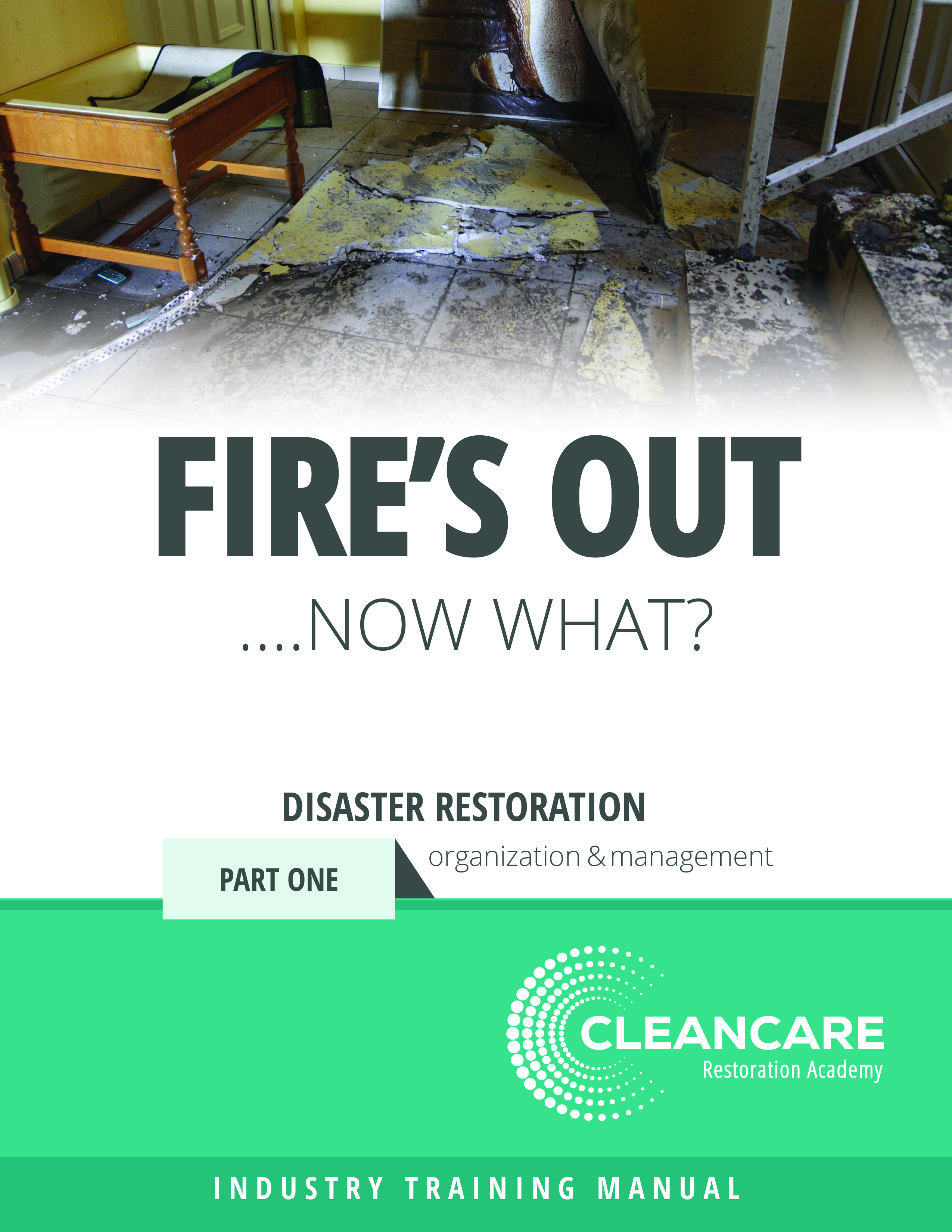I Don’t Wanna Grow Up




At some point in our lives, I would expect all of us have been exposed to the story of Peter Pan, either through books, stage plays, or films like the 1991 movie Hook starring Robin Williams, Dustin Hoffman and Julia Roberts. As you’ll remember, Peter Pan is a young boy who refuses to abandon the ways of a child and take on the responsibilities of adulthood.
While we might all long for the days of childhood from time to time, being stuck in childish ways doesn’t play out well in the world of commerce. Although not as obvious as a young boy dancing around in green tights, business leaders engaged in Peter Pan behavior do exist. These leaders don’t want to grow up, so they stop learning and their businesses stop growing.
A big part of growing up is becoming more self-aware in our personal and professional lives. We do this by understanding our strengths and weaknesses and recognizing how our behavior impacts the people around us. This doesn’t mean we have to stop having fun. Nothing is further from the truth! It means that if we’re serious about running our growing businesses, we have to be serious about growing ourselves. Sometimes growing ourselves means letting go of the behaviors we had as children and might have gotten away with when our companies were smaller.
One of the more common Peter Pan behaviors I’ve noticed among entrepreneurs is bad-boy behavior. I’m sure you’ve seen what I’m talking about: the gun slinging, living-on-the-edge, in-your-face swagger some entrepreneurs display while running their companies. While this conduct may have helped them survive on the middle school playground, it really gets in the way when trying to grow a business.
When we grow up playing the bad-boy role, it’s easy for that behavior to become part of our persona. As a result, we engage in activities that support this self-image both during and after work, which can seriously compromise our companies’ success. As business owners, we live in fishbowls with people watching our every move. There isn’t a lot we can do that doesn’t run the risk of showing up on someone’s mobile device or posted on Facebook. Many customers base their purchasing decisions on the values of a company and how its senior management displays them. Employees base their employment decisions on the actions of company leaders. Bad-boy behavior does not encourage people to make employment decisions that fall in the favor of our businesses.
If we continue to act out bad-boy behavior, we’ll continue to attract, or at least tolerate, bad-boy behavior from our people. As my mother used to say, birds of a feather flock together. It may not be intentional on either of our parts and may not be blatant, but it does show up. It’s reflected in people’s punctuality, in their safety on the job, in conversations with customers, in the way they treat their co-workers, in their responsibility with money—in the million little things that either lead to or stand in the way of a company’s success. And changing this is within the reach of all of us.
When we engage in a different Peter Pan behavior and run our businesses with a free-wheeling, live-for-the-moment, don’t-worry-about-tomorrow attitude, it’s only natural that we would also attract a staff of others who are drawn to that behavior. It’s easy to overlook the unintended consequences of employing people like this until it is too late. After all, who doesn’t want to surround themselves with fun-loving people?
But there is a huge difference between someone who is fun-loving and someone who is unable to shoulder responsibility, and we must be careful not to confuse the two. When we find our companies growing and we need to hand the frontline work off to someone else, or we just want to take time away from the business to go on vacation, we may realize that those we are surrounded by—who were attracted to our carefree Peter Pan behavior—aren’t capable of stepping up or aren’t interested in doing so. If this happens, it will leave us with a tough choice: to engage in the lengthy process of attracting the kind of people we need to grow our businesses or resigning ourselves to being content with where we are.
All Peter Pan behavior isn’t as brash as bad-boy behavior or carefree behavior. Sometimes it’s more subtle. Just as carefree behavior stops businesses from growing, so does failing to embrace newer, more efficient technology. Continuing to rely on older, less effective ways of running our businesses because “they worked in the past” does not make good business sense. Horses and buggies worked in the past, too, as did mimeograph machines, but I wouldn’t want to rely on them to keep my company competitive in today’s market.
Anyone who knows me knows I am the last person to cast stones in this regard. At some point in my life, I must have had a “technology bypass,” and I continue to struggle with technology to this day—much to the amusement of the people in my organization. Fortunately for me, I have some very technically savvy people around me who do a good job.
Failure to embrace new technology comes at a steep cost, both competitively and intellectually. Companies who embrace new technology easily gain a competitive advantage over companies that don’t. Business owners who fail to embrace new technologies end up clinging to a past that, for the most part, never really existed and deny themselves the psychological and emotional rewards that come with learning new things and growing intellectually.
Peter Pan is a wonderful fairytale that takes many of us back to our childhoods. But as we learn by the end of the story, there comes a time when we have to grow up and accept the responsibilities of adulthood. When our businesses, our families and our employees’ families depend on our ability to do so, it’s easy to see why we’re better off making that transition sooner rather than later.
Looking for a reprint of this article?
From high-res PDFs to custom plaques, order your copy today!








